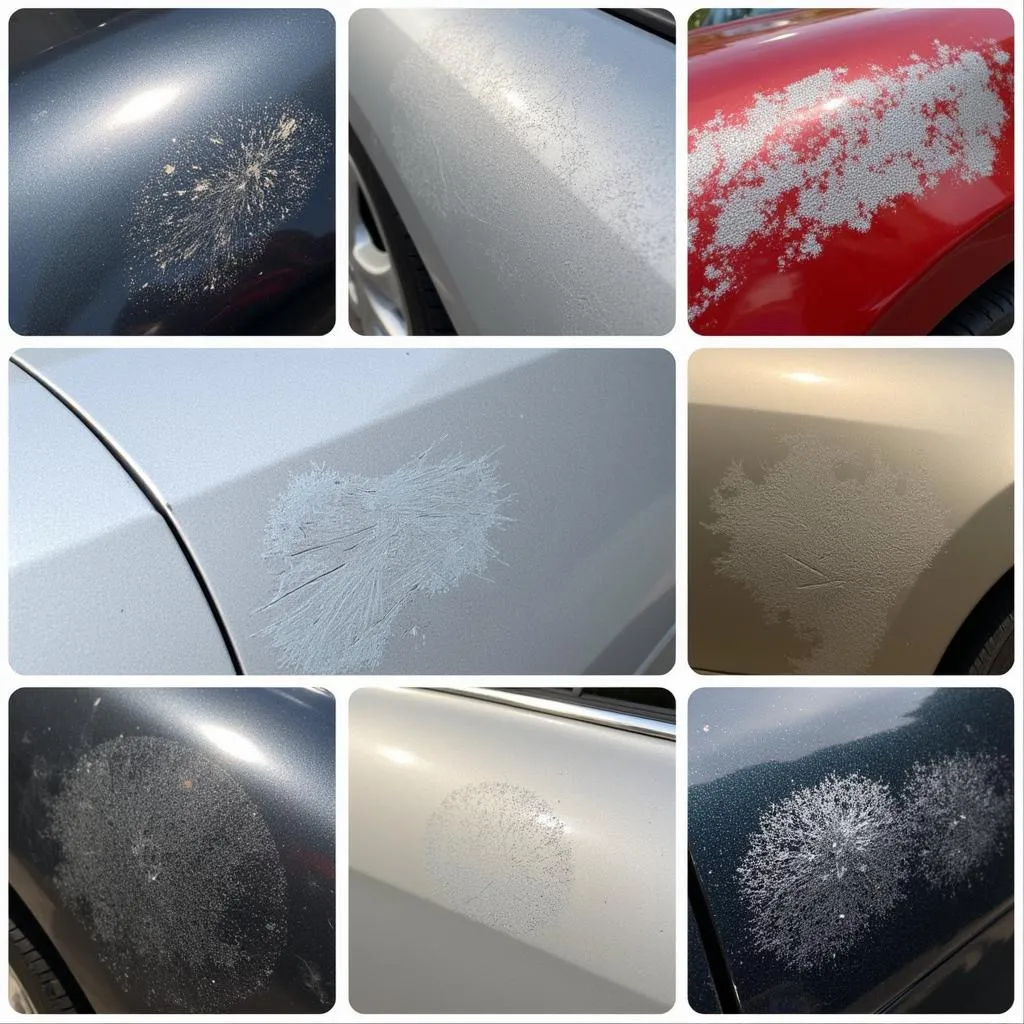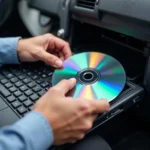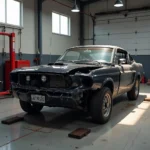Maintaining your car’s exterior is not just about aesthetics; it’s about protecting your investment from the elements. Paint and rust repair are two crucial aspects of car maintenance that, if ignored, can lead to significant damage and costly repairs down the line.
Understanding the Enemy: Why Paint and Rust Repair Matters
Your car’s paint does more than just make it look good; it acts as a protective barrier against rust-causing elements like moisture, salt, and UV rays. When paint is compromised, whether through scratches, chips, or general wear and tear, it exposes the underlying metal to these harmful elements. This is where rust takes hold, slowly eating away at your car’s metal components and compromising its structural integrity.
Identifying the Problem: Signs You Need Paint and Rust Repair
Recognizing the early signs of paint damage and rust is crucial for effective and affordable repair. Look out for:
- Scratches and Chips: These can be superficial or deep enough to expose the metal underneath.
- Fading and Oxidation: Prolonged exposure to sunlight can cause paint to lose its luster and appear dull or chalky.
- Rust Spots: Small, reddish-brown spots, especially around wheel wells, undercarriage, and door edges, are telltale signs of rust.
- Bubbling or Peeling Paint: This indicates that rust has already begun to spread beneath the paint surface.
Tackling the Issue: Paint and Rust Repair Options
Depending on the severity of the damage, there are various repair options available:
1. DIY Repairs (For Minor Scratches and Chips):
- Touch-up Paint: Using touch-up paint that matches your car’s color can effectively conceal minor scratches.
- Scratch Removal Products: Various rubbing compounds and scratch removal kits are available for DIY enthusiasts.
2. Professional Repair (For Extensive Damage):
- Body Filler and Repainting: For deeper scratches and dents, professional body shops use body filler to even out the surface before repainting.
- Rust Removal and Panel Replacement: In cases of severe rust, affected panels may need to be cut out and replaced with new metal.
Choosing the Right Professional: Finding a Reliable Repair Shop
Selecting a qualified auto body shop is crucial for a quality repair. Look for:
- Experience and Expertise: Choose a shop specializing in paint and rust repair with a proven track record.
- Quality Materials: Ensure they use high-quality paints, primers, and rust inhibitors for a long-lasting finish.
- Warranty: A reputable shop will stand behind their work with a warranty on both parts and labor.
Preventing Future Problems: Car Paint and Rust Protection Tips
Prevention is key to avoiding costly repairs in the future. Here are some protective measures:
- Regular Washing: Wash your car regularly to remove dirt, salt, and other contaminants that can damage the paint.
- Waxing: Applying wax every few months provides an extra layer of protection against UV rays and environmental factors.
- Rustproofing: Consider a professional rustproofing treatment, especially if you live in a coastal area or an environment with harsh winters.
- Prompt Repair of Minor Damage: Don’t ignore minor scratches or chips. Addressing them early can prevent rust from taking hold.
Conclusion
Protecting your car’s exterior is a worthwhile investment. By understanding the importance of paint and rust repair, recognizing the signs of damage, and taking preventative measures, you can keep your car looking its best and maintain its value for years to come.



